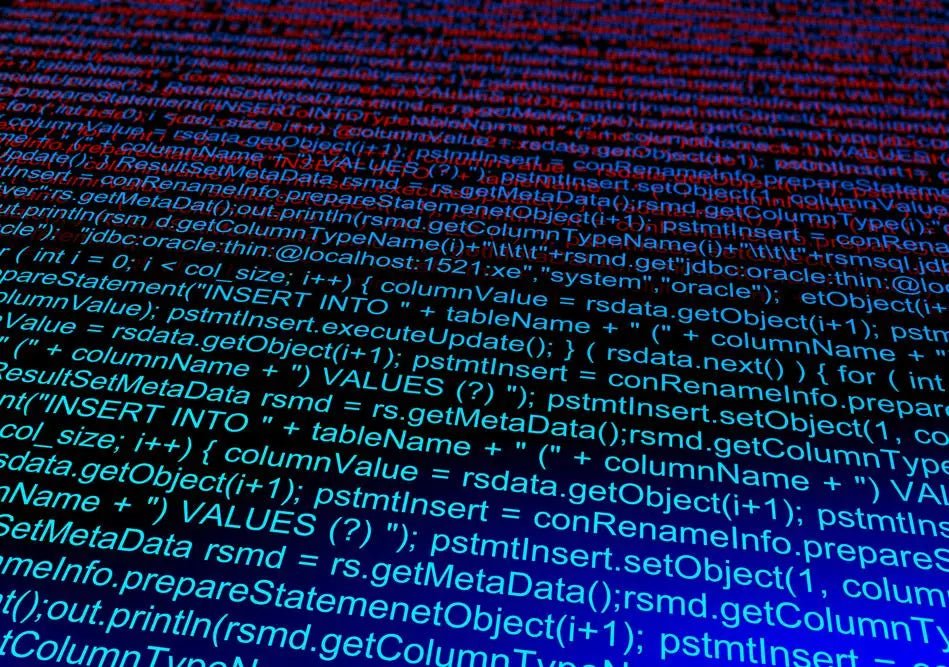Introduction
Algorithmic trading, also known as automated trading or black-box trading, has revolutionized the financial industry. It involves the use of computer algorithms to execute trades at high speeds and in large volumes. With the advent of artificial intelligence (AI) and its integration into algorithmic trading systems, the speed and accuracy of trade execution have reached new heights. In this blog post, we will explore the benefits of AI in algorithmic trading and how it enhances speed and accuracy in execution.
What is AI in Algorithmic Trading?
AI in algorithmic trading refers to the use of machine learning, predictive analytics, and other AI techniques to analyze vast amounts of data, make predictions, and execute trades automatically. These advanced algorithms are designed to learn from historical data, identify patterns, and make informed trading decisions without human intervention.
The Benefits of AI in Algorithmic Trading
The integration of AI in algorithmic trading brings several benefits to financial organizations and traders. Firstly, it allows for the analysis of large datasets in real-time, enabling traders to make quick and informed decisions. Additionally, AI algorithms can process vast amounts of data and detect patterns that may not be apparent to human traders. This enables more accurate predictions and better execution of trades.
Enhancing Speed and Accuracy in Execution
Machine Learning and Predictive Analytics
Machine learning and predictive analytics are two key components of AI in algorithmic trading. Machine learning algorithms can analyze large datasets and learn from patterns to make predictions about future market movements. These predictions are then used to execute trades automatically.
Predictive analytics, on the other hand, involves the use of statistical models and algorithms to analyze historical data and make predictions about future market trends. By combining machine learning and predictive analytics, AI algorithms can make highly accurate predictions, leading to better trade execution.
High-Frequency Trading and AI
High-frequency trading (HFT) is a trading strategy that involves executing a large number of trades in a short period of time. HFT relies on speed and accuracy to capitalize on small price movements and take advantage of market inefficiencies. AI plays a crucial role in HFT by enabling traders to analyze vast amounts of data and execute trades at lightning-fast speeds.
AI algorithms can analyze market data, news feeds, and social media sentiment in real-time to identify trading opportunities. These algorithms can then execute trades within milliseconds, taking advantage of even the smallest price differentials. The speed and accuracy of AI in HFT have revolutionized the financial industry and have become an essential tool for many traders.
The Significance of AI in Algorithmic Trading
Speed
Speed is crucial in algorithmic trading. With the use of AI, trades can be executed within milliseconds, allowing traders to take advantage of even the smallest price fluctuations. AI algorithms can analyze vast amounts of data and make trading decisions in real-time, ensuring that trades are executed at optimal prices and minimizing the risk of slippage.
Market Conditions
The financial markets are highly volatile and can change rapidly. AI algorithms can analyze market data, news feeds, and social media sentiment in real-time, allowing traders to adapt to changing market conditions quickly. This ensures that trades are executed at the right time and at optimal prices, maximizing profits and minimizing losses.
Reduction of Human Errors
Human errors can have a significant impact on trading performance. Emotions, biases, and fatigue can cloud judgment and lead to poor trading decisions. AI algorithms, on the other hand, are not affected by emotions or biases and can make objective trading decisions based on data analysis. This reduces the risk of human errors and improves the overall accuracy of trade execution.
Examples of AI in Algorithmic Trading
Goldman Sachs’ Smart Order Routing
Goldman Sachs, one of the leading investment banks, has developed a smart order routing system that uses AI to execute trades across multiple exchanges. The system analyzes market data, order flow, and historical trade data to identify the best execution venues for trades. By optimizing trade execution, Goldman Sachs’ smart order routing system aims to reduce transaction costs and improve trade execution quality.
JPMorgan Chase’s Automated Trading Platform
JPMorgan Chase, one of the largest financial institutions in the world, has developed an automated trading platform powered by AI. The platform uses machine learning algorithms to analyze market data and make trading decisions in real-time. By leveraging AI, JPMorgan Chase aims to improve trade execution speed and accuracy, enabling traders to take advantage of market opportunities more effectively.
Conclusion
The integration of AI in algorithmic trading has revolutionized the financial industry. AI algorithms can analyze large datasets, make accurate predictions, and execute trades at lightning-fast speeds. This enhances the speed and accuracy of trade execution, enabling traders to take advantage of market opportunities and maximize profits.
The future of AI in algorithmic trading looks promising. As technology continues to advance, AI algorithms will become even more sophisticated, allowing for more accurate predictions and better trade execution. However, there are challenges that financial organizations need to overcome, such as data quality and security concerns. It is important for organizations to invest in robust data infrastructure and implement stringent security measures to ensure the integrity and confidentiality of data.
In conclusion, AI has become an essential tool in algorithmic trading. It enhances the speed and accuracy of trade execution, allowing traders to capitalize on market opportunities and maximize profits. As AI technology continues to evolve, it is important for financial organizations to adapt and embrace these advancements to stay competitive in the ever-changing financial landscape.
Key Takeaways:
- AI in algorithmic trading enhances the speed and accuracy of trade execution.
- Machine learning and predictive analytics are key components of AI in algorithmic trading.
- High-frequency trading relies on AI to execute trades at lightning-fast speeds.
- AI reduces human errors by making objective trading decisions based on data analysis.
- Examples of AI in algorithmic trading include Goldman Sachs’ smart order routing and JPMorgan Chase’s automated trading platform.
- The future of AI in algorithmic trading looks promising, but organizations need to overcome challenges such as data quality and security concerns.







